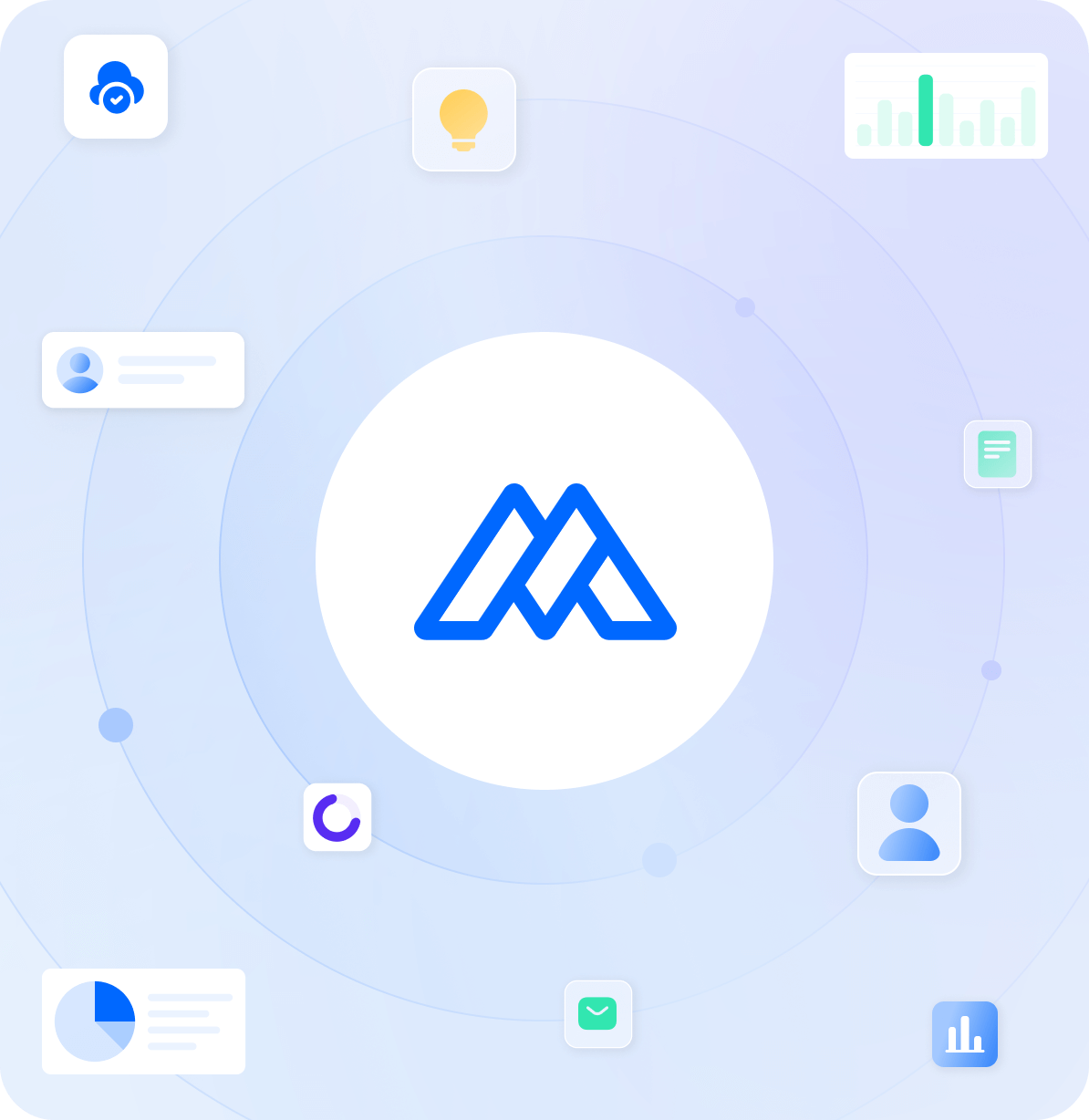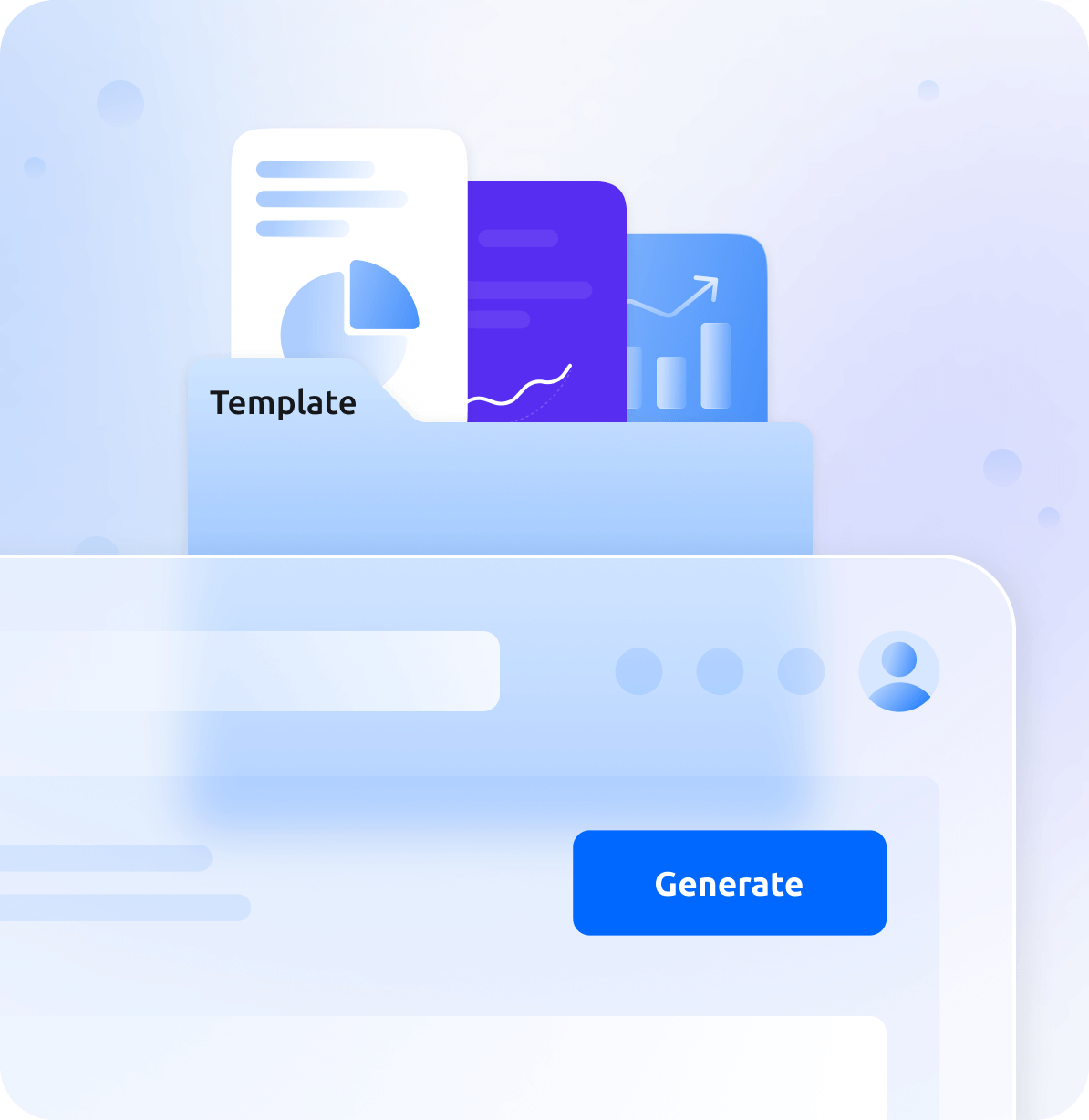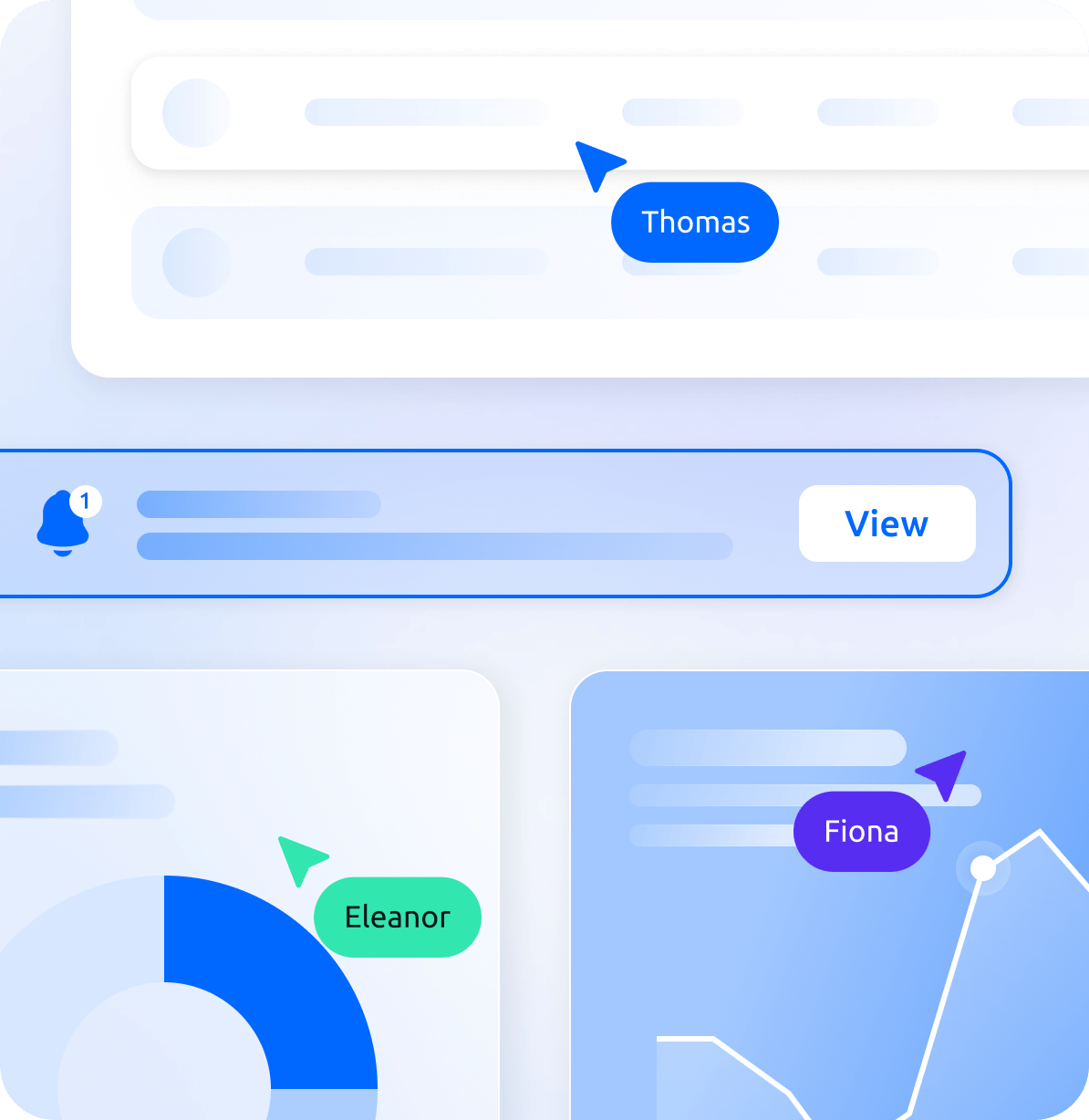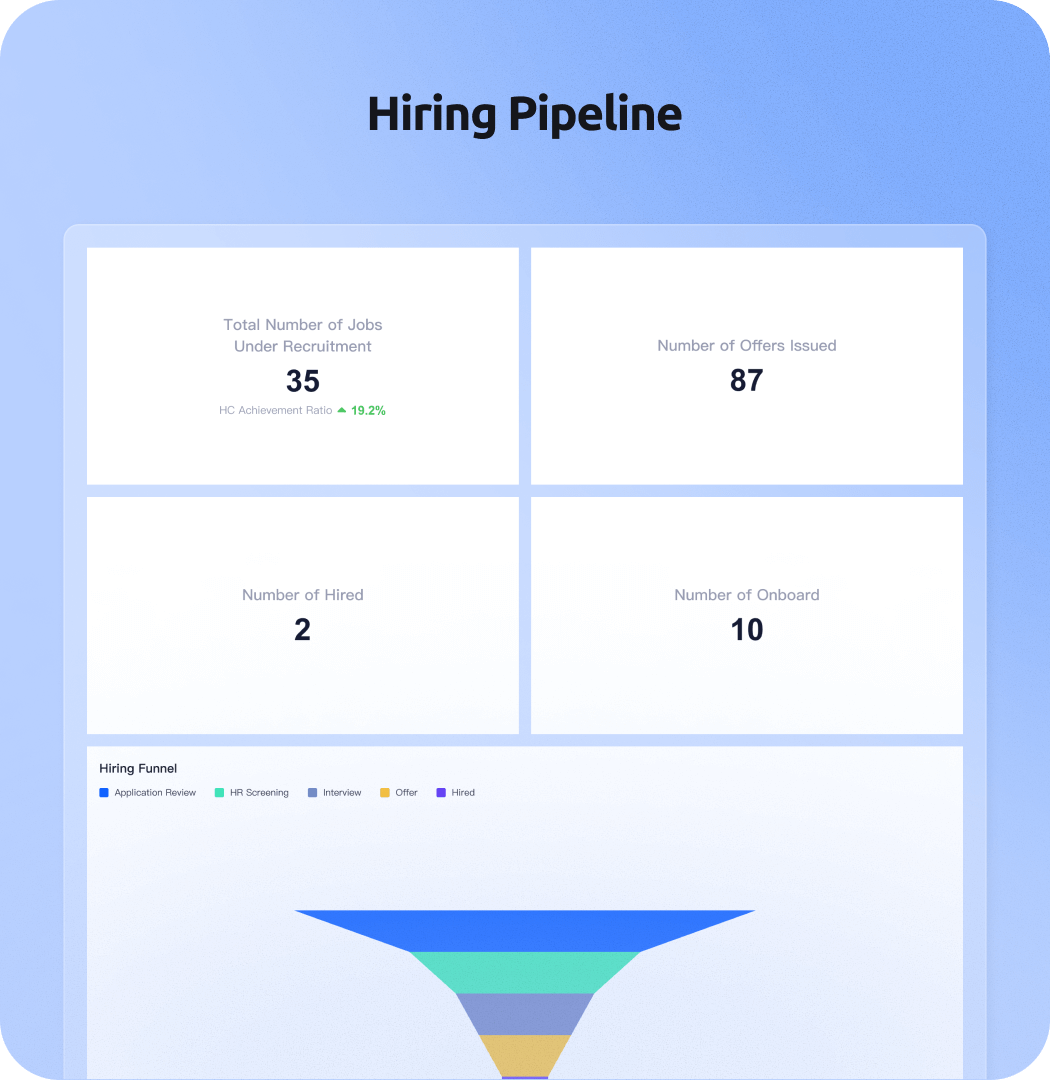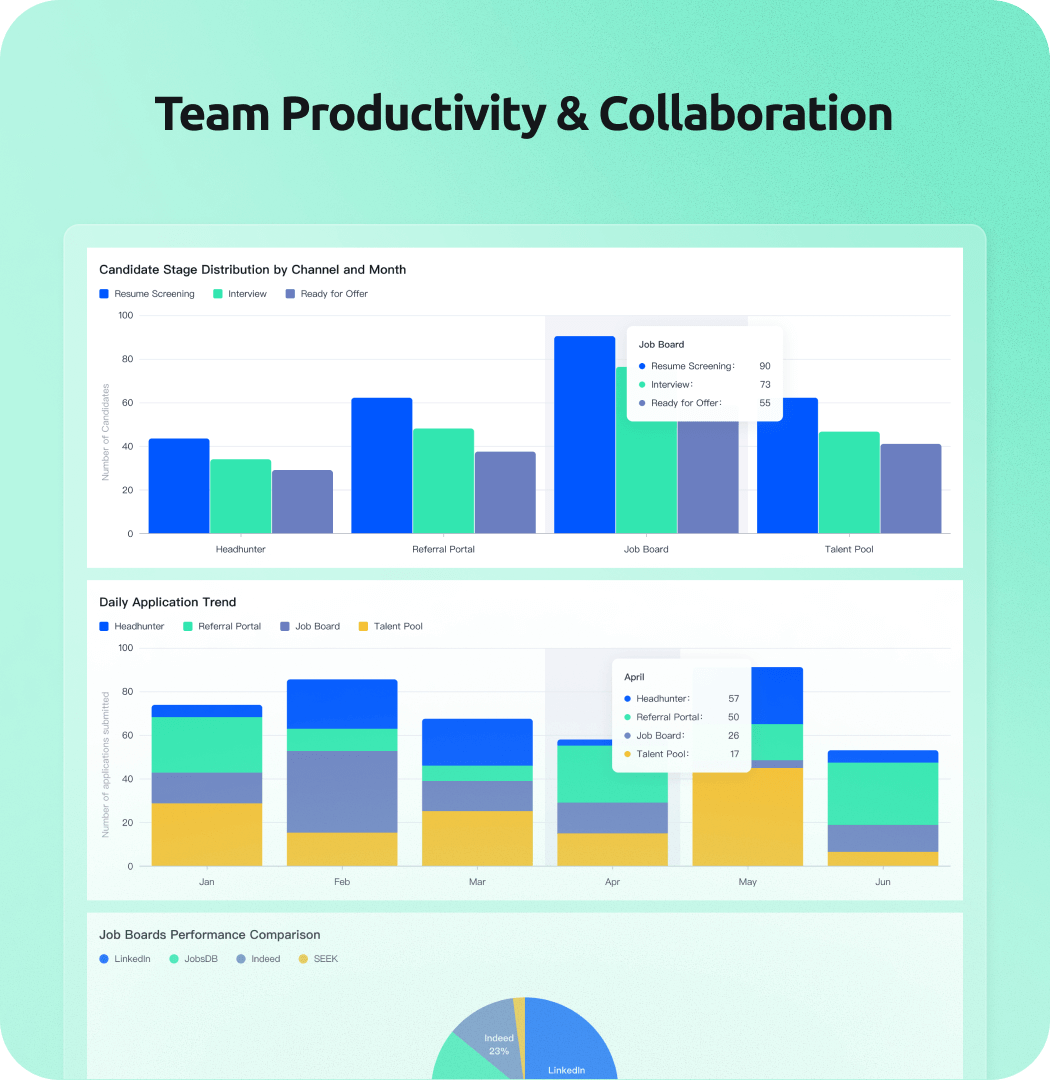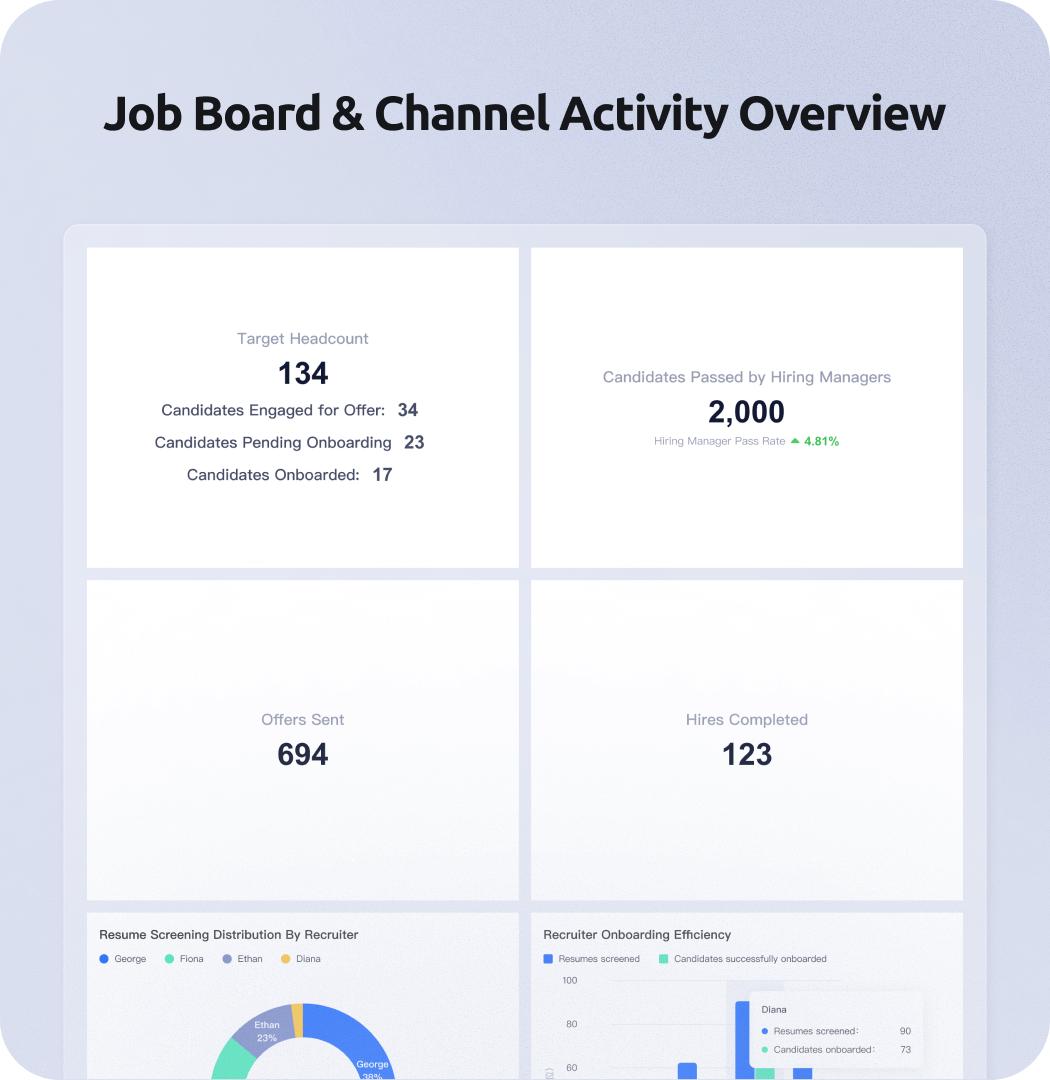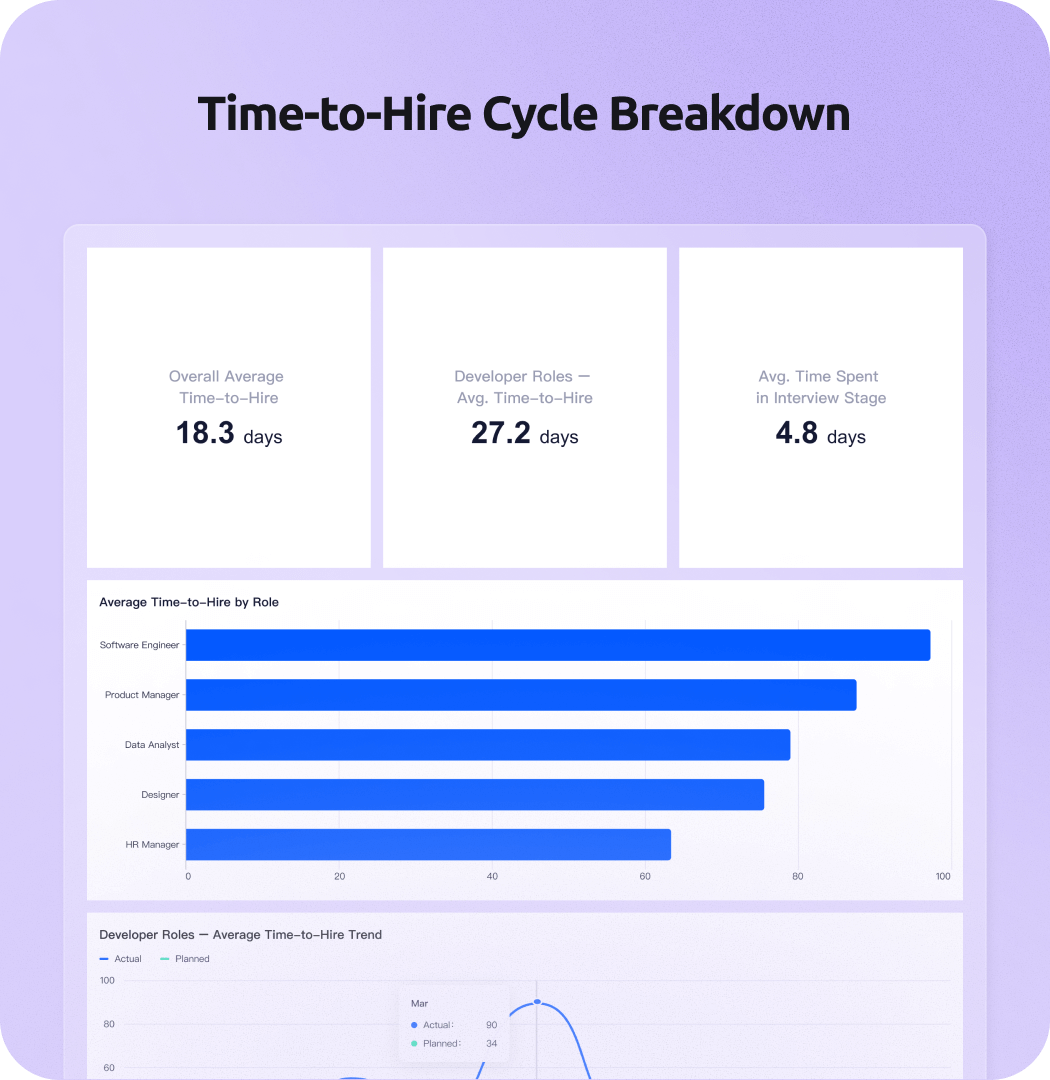What is Recruitment Analytics and why is it essential for
modern talent acquisition?
Recruitment analytics is the practice of collecting and
analyzing hiring data to optimize every stage of the talent
acquisition process. It includes metrics such as time-to-hire,
cost-per-hire, candidate quality, and sourcing effectiveness.
By applying recruitment analytics, HR teams gain actionable
insights that drive more informed decisions, improve hiring
efficiency, and align recruitment efforts with broader
organizational goals. One global e-commerce client using our
platform reported a 28% improvement in hiring quality and a
22% reduction in hiring costs within six months of
implementing recruitment analytics.
What are the most important recruitment metrics every HR
team should track?
Core recruitment metrics include time-to-hire, cost-per-hire,
sourcing channel effectiveness, candidate quality, offer
acceptance rate, and first-year retention. These metrics help
organizations identify bottlenecks, improve candidate
experience, and measure the return on investment in hiring
efforts. With MokaHR’s Recruitment Analytics, HR teams gain
real-time access to customizable dashboards that make tracking
and acting on these metrics easier and faster.
How do Time-to-Hire Metrics Tracking and HR Analytics
improve recruitment efficiency?
Time-to-hire metrics measure how quickly candidates move
through the recruitment pipeline, helping organizations
identify bottlenecks and streamline hiring processes. Through
real-time dashboards, HR teams can monitor stages such as
application review, interview scheduling, and offer
acceptance. One major retail brand, after using our HR
analytics and reporting tools, shortened their average
time-to-hire by 20%, resulting in faster staffing during peak
seasons and improved candidate experiences.
How can Cost-per-Hire Analysis drive smarter recruitment
budget management?
Cost-per-hire analysis tracks the total investment required to
recruit a new employee, factoring in job advertising,
recruiter fees, assessment tools, and internal resource costs.
By leveraging HR data analytics, companies can identify
high-performing sourcing channels, eliminate inefficiencies,
and maximize return on investment. A client in the
manufacturing sector successfully lowered their recruitment
expenses by 15% in just one quarter by shifting budget
allocations based on insights from our cost-per-hire reports.
How do Analytics and Reporting help continuously improve
overall recruitment performance?
Comprehensive analytics and reporting empower HR teams to
track KPIs over time, benchmark performance against industry
standards, and uncover opportunities for process optimization.
Real-time access to metrics like sourcing effectiveness,
candidate quality, and time-to-fill enables a culture of
continuous improvement. One global logistics company shared
that after integrating our analytics platform, their
recruiting teams conducted quarterly data reviews, leading to
a 17% year-over-year improvement in hiring efficiency and
candidate satisfaction.
